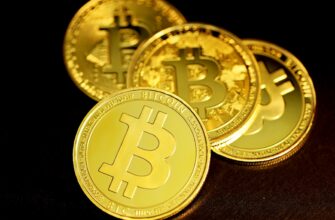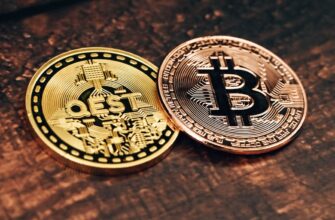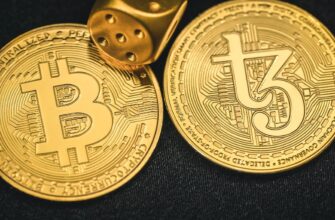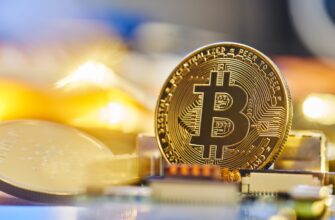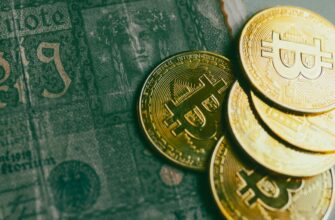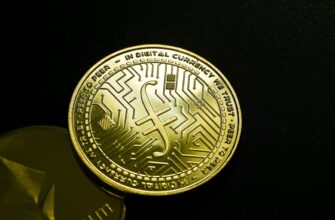- Why Buy Bitcoin with a Bank Account?
- Step-by-Step Guide to Buying Bitcoin with Your Bank Account
- Step 1: Choose a Reputable Exchange
- Step 2: Verify Your Identity
- Step 3: Link Your Bank Account
- Step 4: Deposit Funds
- Step 5: Execute Your Bitcoin Purchase
- Step 6: Secure Your Bitcoin
- Pros and Cons of Bank Account Purchases
- Critical Security Measures
- Frequently Asked Questions
- Can I buy Bitcoin instantly with a bank account?
- Are bank transfers reversible if I get scammed?
- What’s the minimum investment?
- Do I pay taxes on Bitcoin bought via bank transfer?
- Can I use international bank accounts?
- Why was my bank transfer declined?
Why Buy Bitcoin with a Bank Account?
Purchasing Bitcoin via bank transfer is a top choice for investors seeking security and cost efficiency. Unlike credit card transactions that incur high fees (3-5%), bank transfers typically cost 0-1.5% per transaction. Major exchanges like Coinbase and Kraken process billions in bank-based crypto purchases monthly, leveraging ACH and wire transfers for direct fiat-to-crypto conversions. This method also offers higher deposit limits—often $10,000+ daily—making it ideal for serious investors.
Step-by-Step Guide to Buying Bitcoin with Your Bank Account
Step 1: Choose a Reputable Exchange
Select platforms supporting bank transfers and regulatory compliance:
- Coinbase: Best for beginners (FDIC-insured USD balances)
- Kraken: Low fees (0.16% maker/taker)
- Gemini: SOC 2-certified security
- Binance.US: 0.1% spot trading fees
Step 2: Verify Your Identity
Complete KYC (Know Your Customer) requirements:
- Submit government-issued ID (driver’s license/passport)
- Provide proof of address (utility bill or bank statement)
- Enable two-factor authentication (2FA) for security
Step 3: Link Your Bank Account
Two primary methods:
- ACH Transfer: Free, 3-5 business days settlement (daily limits apply)
- Wire Transfer: $10-$30 fee, same-day processing (higher limits)
Tip: Use Plaid for instant verification on supported exchanges.
Step 4: Deposit Funds
- Navigate to “Deposit” or “Add Funds” section
- Select “Bank Account” and enter amount
- Confirm transaction via email/SMS
Step 5: Execute Your Bitcoin Purchase
- Market Order: Buy instantly at current price
- Limit Order: Set target buy price
- Minimum purchase: $1-$20 on most platforms
Step 6: Secure Your Bitcoin
Transfer coins off-exchange immediately:
- Hardware Wallets: Ledger or Trezor (cold storage)
- Software Wallets: Exodus or Electrum (hot wallets)
Pros and Cons of Bank Account Purchases
- Advantages:
- Lowest fees (saves 50-80% vs. cards)
- Enhanced fraud protection
- No credit checks or debt risk
- Disadvantages:
- Slower processing (up to 5 business days)
- Bank transfer reversals impossible
- Potential account freezes for large sums
Critical Security Measures
- Verify exchange SSL certificates (look for 🔒 in browser)
- Never share banking credentials outside the exchange
- Monitor accounts for suspicious activity
- Use dedicated banking accounts for crypto transactions
Frequently Asked Questions
Can I buy Bitcoin instantly with a bank account?
No—ACH transfers take 3-5 days. For instant purchases, use debit cards (higher fees) or platforms like Cash App with completed verifications.
Are bank transfers reversible if I get scammed?
Unlike credit cards, bank transfers are irreversible. Only transact with registered exchanges. Report fraud to CFPB or FTC immediately.
What’s the minimum investment?
Most exchanges allow $1-$10 minimums. Coinbase permits $2 Bitcoin purchases via bank transfer.
Do I pay taxes on Bitcoin bought via bank transfer?
Yes—crypto is taxable property. Report capital gains/losses to the IRS using Form 8949.
Can I use international bank accounts?
Yes, through SEPA (Europe), SWIFT, or Faster Payments (UK). Confirm exchange support for your region first.
Why was my bank transfer declined?
Common reasons: insufficient funds, name mismatch, or bank crypto restrictions. Contact your bank’s compliance department.
Final Tip: Start with small test transfers ($10-$20) to confirm processes before larger investments. As blockchain adoption grows, bank-based purchases remain the bedrock of secure crypto entry.

